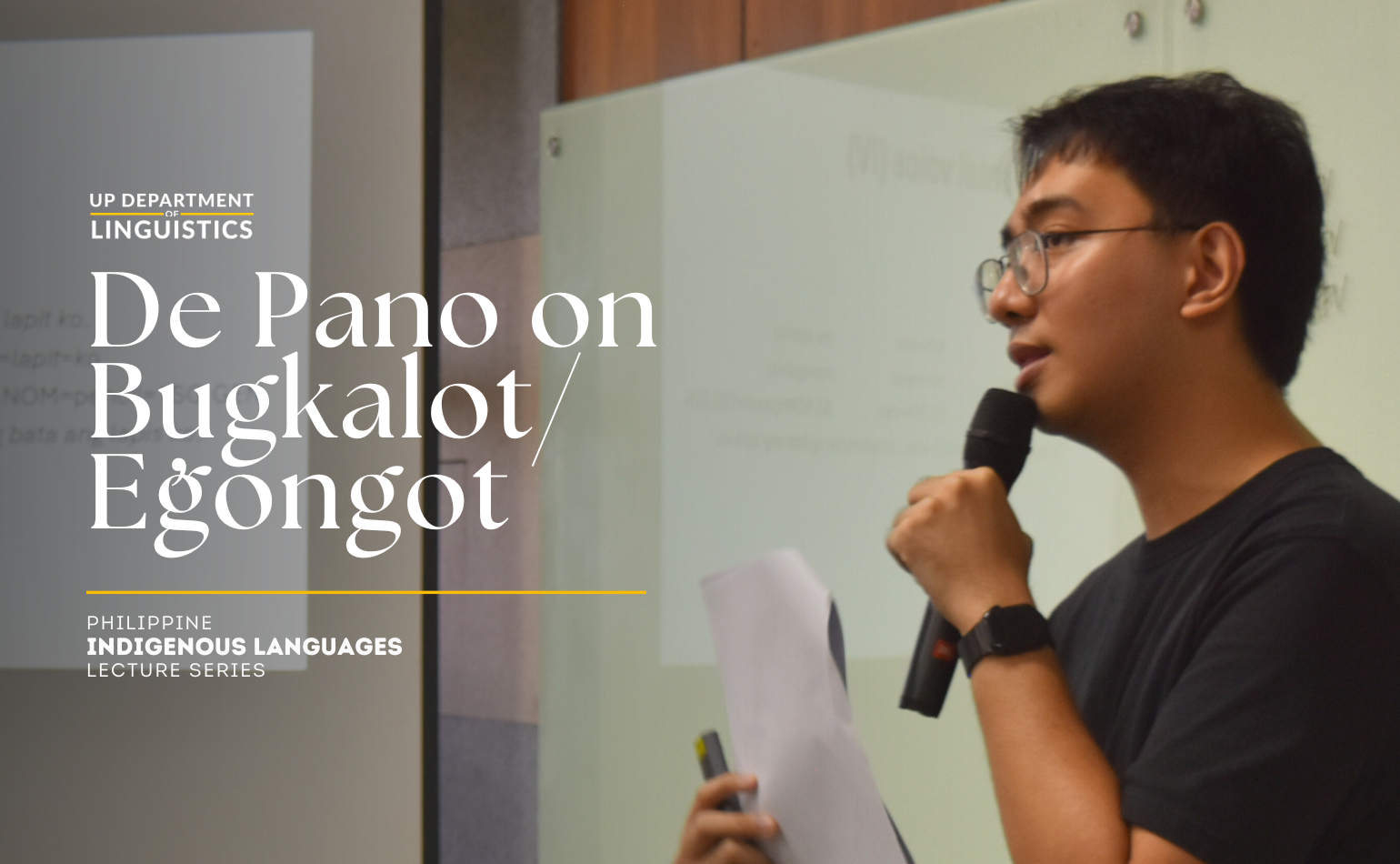
Last 21 March, Inst. and MA candidate JM De Pano facilitated a lecture examining the voice-aspect paradigm in Bugkalot/Eģongot as part of the Department’s ongoing Philippine Indigenous Languages Lecture Series (PILLS). Inst. De Pano’s preliminary findings is an output of the second phase of the OVCRD-funded extension project, “Developing a community-led documentation project for Bugkalot,” and is also part of his capstone research for his graduate studies.
Bugkalot [ilk], with the endonym Eģongot, is a South Cordilleran language spoken in the provinces of Nueva Vizcaya, Quirino, Aurora, and Nueva Ecija. It was reported to have a speaker population of less than 2,000 families in 2020. Categorized as threatened (6b) based on the Expanded Graded Intergenerational Disruption Scale (EGIDS), the language is slowly losing usage in the domains of education, commerce, religion, and the home, and its transmission to the younger generation decreases as community members shift to other linguae francae such as Ilokano and Tagalog.
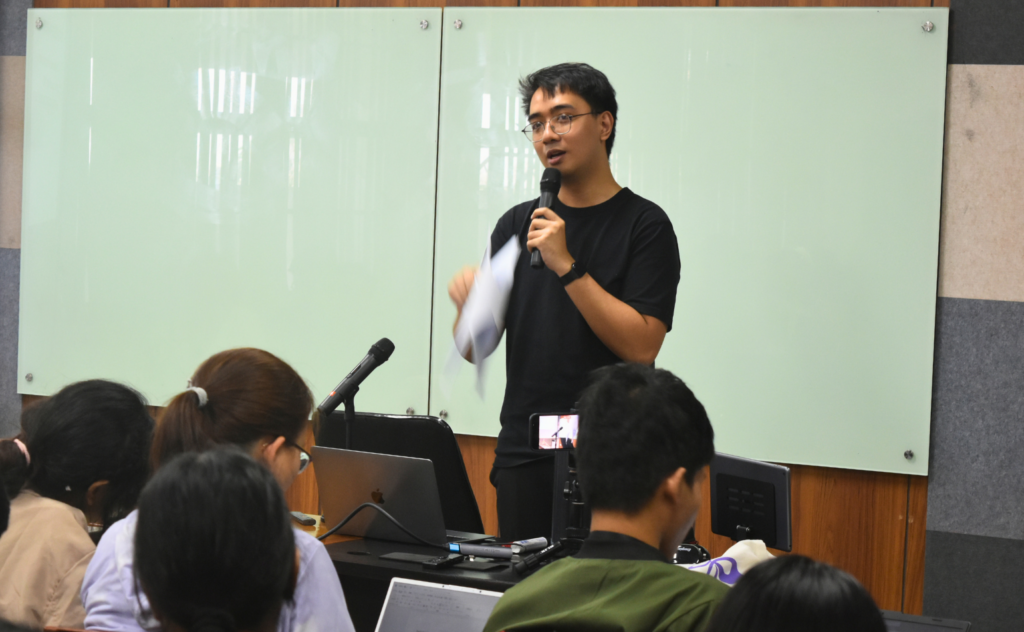
The Department’s ties with the Bugkalot community started in the mid-1960s with Dr. Ernesto Constantino’s fieldwork in Nueva Vizcaya. Almost fifty years later, an undergraduate field methods class worked with the community and produced a preliminary grammar sketch of the language. Among their consultants was Mr. Frederick Barcelo who was instrumental in re-establishing the collaboration between the community and the Department after fourteen years. Nueva Vizcaya hosted the field activity of graduate students in 2023, succeeded by three follow-up fieldworks and other collaborations in the form of presentations and publications, among others.
In relation to his own work, De Pano first went over relevant linguistic concepts, such as voice, semantic roles, grammatical relations, and aspect, and demonstrated how these are manifested in Tagalog. He also explained the idea behind paradigms using Tagalog examples before illustrating the voice-aspect paradigm in Bugkalot/Eģongot.
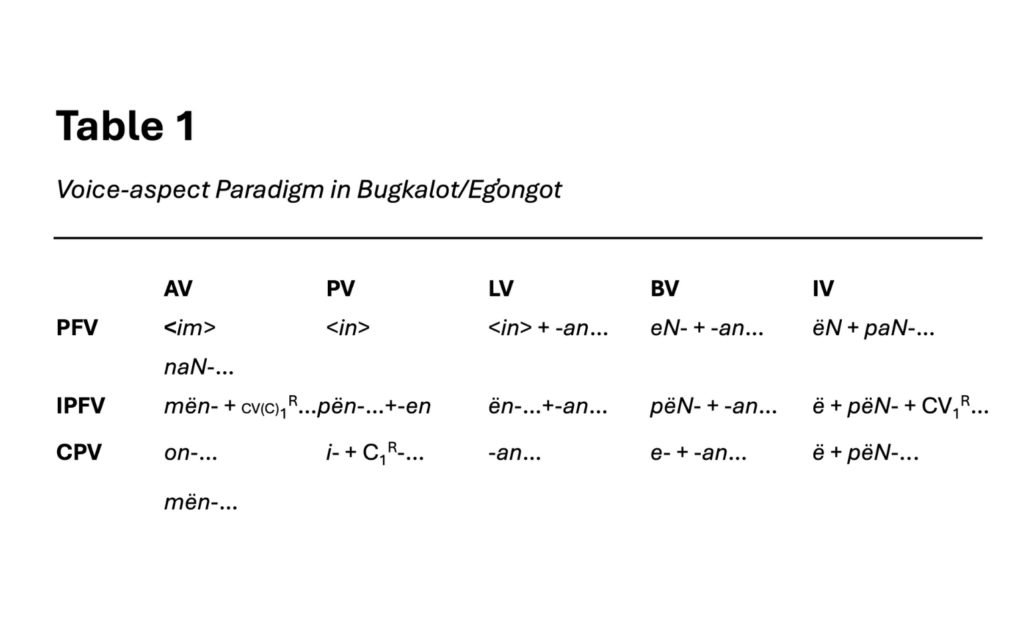
Apart from presenting the kinds of affixes taken by Bugkalot verbs in constructions demonstrating the actor (AV), patient (PV), locative (LV), benefactive (BV), and instrumental (IV) voices, De Pano also raised questions based on some preliminary observations that he hopes to address after further consultation. For instance, the perfective and contemplative AV both allow several affixation strategies: nan- and <im> both signal the completion of action, while mën and on- both indicate that the action has not yet begun. It is also yet to be determined whether phonological or lexical constraints determine the form of the perfective PV affix (i.e., as the prefix in– or the infix <in>) to be used. In contrasting LV and BV which both take the suffix -an, De Pano highlighted that other verb markings help in illustrating their difference: While BV uses the prefixes eng-, pëng-, and e- in the perfective, imperfective, and contemplative, respectively, LV uses <in>, ën-, and null marking in indicating the three aspects. Further investigation must also be made concerning IV to explain the discrepancy between the perfective pang- and imperfective and contemplative pën-, affixes which are tentatively considered the equivalent of the Tagalog instrumental affix pang-.
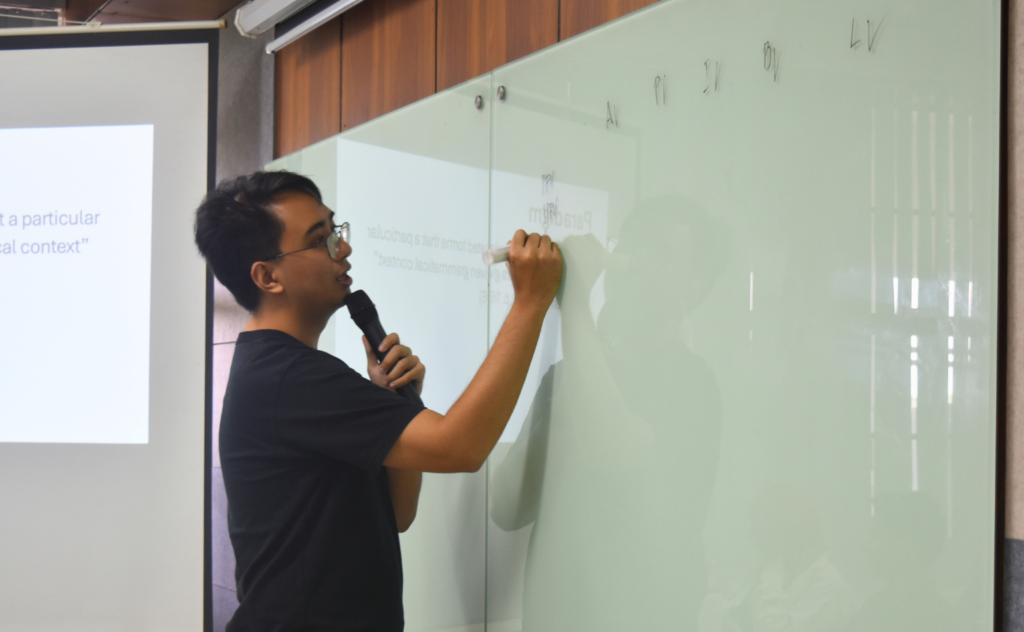
De Pano also noted the next steps to be done. He mentioned the need to determine whether there are other forms and affixes in the varieties spoken in other Bugkalot-speaking communities outside Nueva Vizcaya. Elicitation and analysis of naturalistic speech (or spoken data) may also reveal other features not reflected by the written sentences. Furthermore, the comparison of Bugkalot affixes with those of genetically related Southern Cordilleran languages might “inform [the] analysis of the affixes, and could provide additional explanations for morpheme boundaries, sound changes, and affix combinations.”
Inst. De Pano then expounded on the merits of this kind of linguistic undertaking. On one hand, morphosyntactic analyses, including the formulation of a voice-aspect paradigm, form a part of grammar sketches which community members and linguists can use to study a language. This also contributes to expanding the typological understanding of Philippine-type languages. On the other hand, this can serve as basis for subgrouping and explaining relationships among languages. In his own words, “it generally informs our theory of language, and poses additional questions which may be addressed by further linguistic inquiry, fieldwork, and collaboration.” He concluded his lecture by emphasizing that, ultimately, “this endeavor has been initiated by the community, led by the community, and done for the community.”
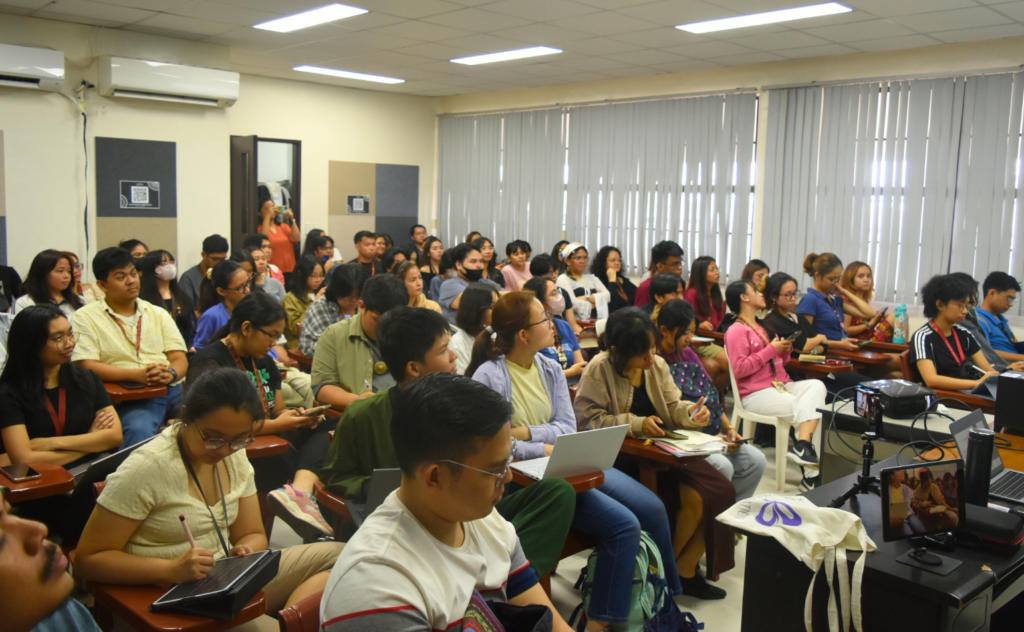
During the open forum, students and faculty members inquired regarding data collection and validation, the usage of Bugkalot orthography, the pros and cons of studying structurally similar languages, and any observed differences between Constantino’s data and the more recent data gathered from the field.
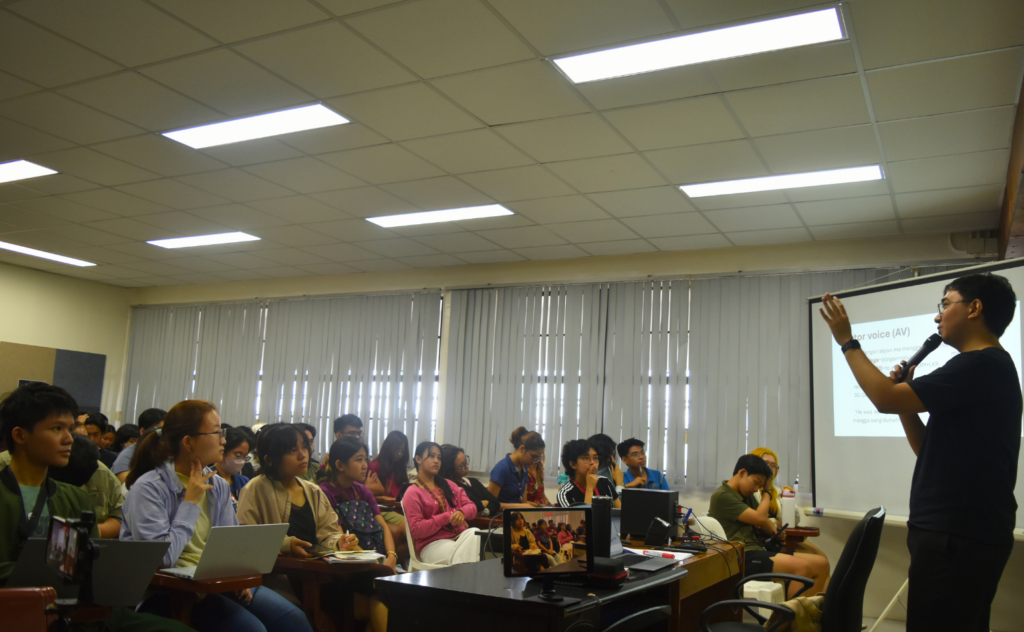
The event, moderated by Inst. Brian Baran, can now be viewed on the Department’s YouTube channel. You might also want to read about the first phase of the project here.
Published by Patricia Anne Asuncion



